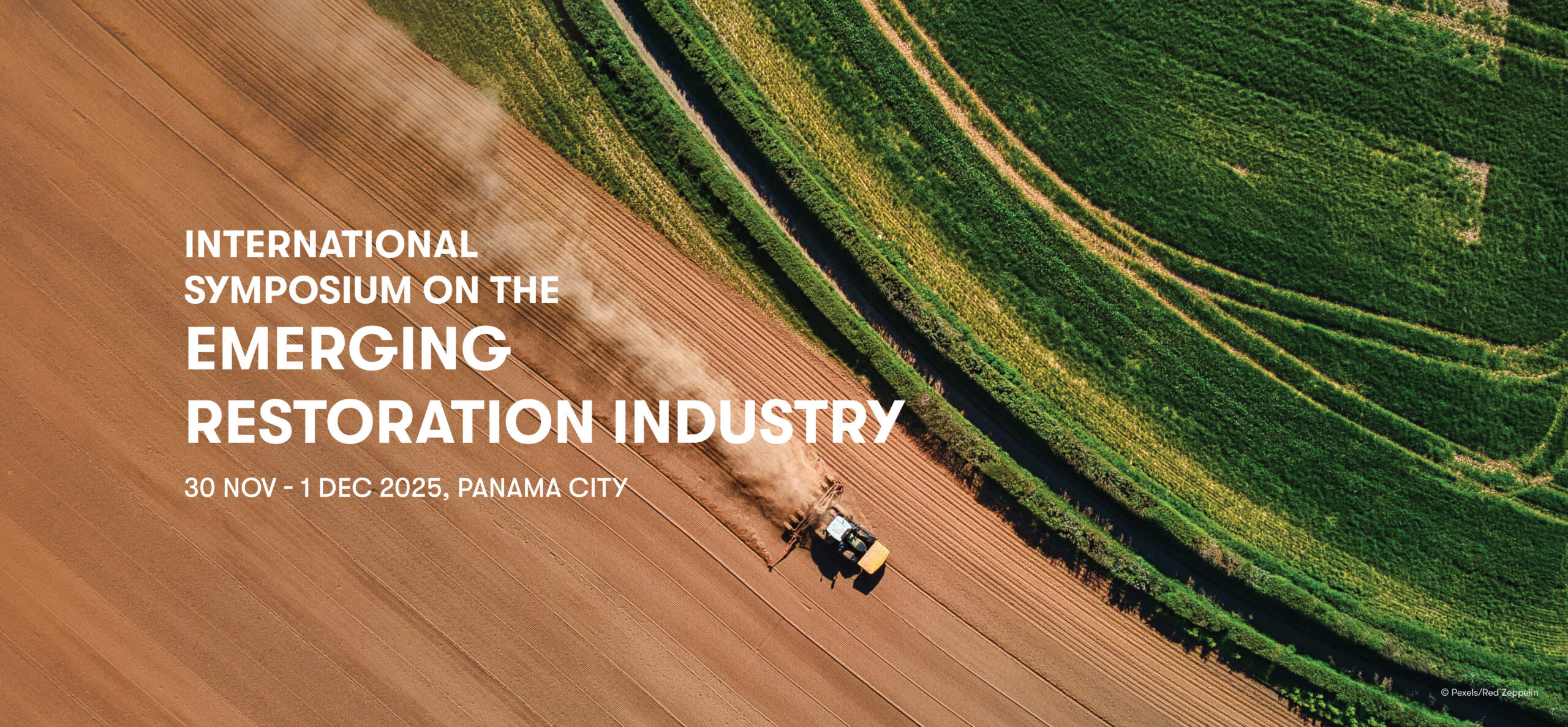From Definition to Delivery: The Missing Links in Forest Restoration

Photo credit: Zhang Xu
When we think about forests, we picture many trees, fresh air, maybe a picnic site or a hiking trail. Less obvious is the role forests play in providing drinking water to cities.
Most of us, urban dwellers, are disconnected from the ecological infrastructure keeping our cities habitable. We have no idea of the hidden benefits we reap and enjoy from them.
The Aravalli forests bordering New Delhi, for instance, recharge groundwater and shield this capital city from desert winds.
New York city receives 90 percent of its water from the Catskill-Delaware watershed, a densely forested region north of the city.
The source, New York State, has a 63 percent forest area cover from which the city reaps extraordinary benefits: clean water, climate resilience and millions of dollars in savings on water purification that taxpayers would otherwise bear.
This did not happen by accident, but through a deliberate conservation policy and sustained investment in watershed protection.
Recognizing the global stakes, the UN declared 2021–2030 the Decade on Ecosystem Restoration, with halting forest degradation and promoting recovery among its missions.
With five years left to 2030, the 2025 Global Forest Resources Assessment (FRA) by Food and Agriculture Organization of the United Nations (FAO) offers a critical midpoint evaluation.
The news is mixed.
Global deforestation has declined steadily, averaging 10.9 million hectares per year between 2015–2025, down from 17.6 million hectares annually in the 1990s.
Despite this progress, the report confirms what the restoration gap already suggests: the world remains off track in halting forest loss and restoring ecosystems, to support the climate goals of 2030.
The Problem: You Can’t Manage What You Can’t Define
The greatest obstacle to sustainable forest management isn’t funding or technology. It is the absence of a universal definition for degradation, according to the Assessment.
Without agreed standards, comparing progress across countries becomes impossible. How can the world know if it is winning or losing when everyone uses different scorecards?
The FRA collected national definitions and criteria from member countries, identifying the common measurements used across different frameworks.
For the assessment, degradation is framed as a reduction in a forest’s capacity to provide goods and ecosystem services, measuring it through criteria that fall into distinct categories:
Structural and Biomass Impacts:
- Change in forest structure or decrease in canopy cover (68 percent)
- Loss of carbon, biomass and growing stock (45 percent of measured degradation)
- Loss of productivity and forest goods (35 percent)
The Three: Primary Drivers of Degradation
Based on this, wildfires, illegal logging and land conversion and fragmentation top the list of what is driving forest losses.
Crucially, wildfires not only emerged for the first time as a primary driver, but also topped the list, and is emerging as the top concern, especially in Canada, Chile and southern Europe.
The degradation is measured using evidence-based, technology-driven approaches. While methodologically sound, this approach reveals a structural challenge: the countries most affected by forest loss often lack technological access and monitoring capacity.
The result: countries measure degradation using different thresholds, timescales and indicators.
Some countries track canopy loss while others focus on carbon stocks. Some update data annually, others use decade-old baselines. This fragmentation, according to the Assessment, makes global coordination nearly impossible and allows underperformance to hide behind methodological differences.
The Promise: Why Protection Alone Is not Enough
Over the past 35 years, protected forest areas have expanded significantly, with 20 percent of the world’s forests now within legally established protected areas. More than half the world’s forests are under formal long-term management plans.
This represents genuine progress, the Assessment states. But primary forests, the most ecologically valuable and carbon-dense forests continue to decline, albeit at a much slower rate.
Why does protection fail? Many countries have legally embedded forest management into their national and legal frameworks. However, implementation and enforcement remains inconsistent at both international and national levels.
FRA offers an impression of the gap between policy and practice both on the regional and global levels, albeit using the incomplete data that is available. At a global level, only 23% of the pledged restoration, on average, was achieved.
Regional Restoration Performance:
- South America: Achieved just 7.70% of commitments
- Africa: Committed to 92.5 million hectares; achieved 8.55%
- North and Central America: Committed 6.8 million hectares and restored 27.2%
- Asia: Commited 73 million hectares; achieved 42.4%
- Europe; Committed 5 million and achieved 59.2%
- Oceania: Committed 18 million hectares and achieved 99.1%
The Opportunity: Nature’s Built-In Resilience
FRA states that one of the vital factors that gets overlooked in forest management is the natural regeneration of forests, with 92 percent of the world’s forests regenerating naturally.
Forests possess remarkable resilience. They are capable of healing themselves when given the chance. Restoration does not always require expensive replanting programs or massive infrastructure. It requires reducing degradation pressures and strengthening conservation to allow natural processes to work.
This is not an argument for complacency, the Assessment states. Natural regeneration cannot outpace continued degradation. If forests are degrading faster than they recover, resilience becomes irrelevant. The path forward is clear: stop destroying forests faster than they can heal.
The Gap Between Vision and Reality
Forest management has gained visibility and been integrated into national strategies. However, urgency remains absent from practice.
About 40 percent of the world’s 236 countries and areas have embedded forest management in subnational plans, the Assessment states. The rest operate without localized frameworks, leaving implementation to chance or local initiative.
The Assessment attaches the perpetuation of this restoration gap to three critical failures.
First, definitional chaos. Without universal degradation standards, accountability disappears.
Second, an enforcement vacuum. Laws exist on paper, but implementation depends on inconsistent political will and resource allocation.
Third, financial fragility. Restoration programs that are designed around donor cycles rather than ecological timelines collapse when funding priorities shift.
FRA states that true restoration depends not only on technical expertise and careful stewardship but also on the political and financial resolve to sustain efforts across election cycles and budget constraints. It depends on halting degradation faster than forests are lost.
Without stronger operational frameworks, clearer definitions and robust monitoring systems, the Assessment states that much of the global restoration agenda risks remaining performative rather than transformative.
What This Means for Your City
From where I stand, this Assessment elicits important questions for our cities, governments and countries. Will we invest in forest protection before essential services collapse, or wait for the crisis to arrive? Our views of these questions will inform every infrastructure decision, every budget allocation and every development permit.
The findings of FRA make clear that forests are not amenities. They are the foundation of urban and rural resilience.






